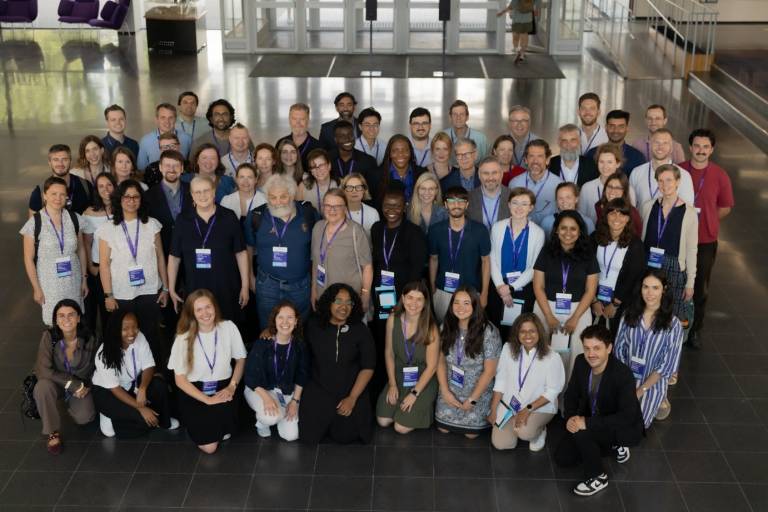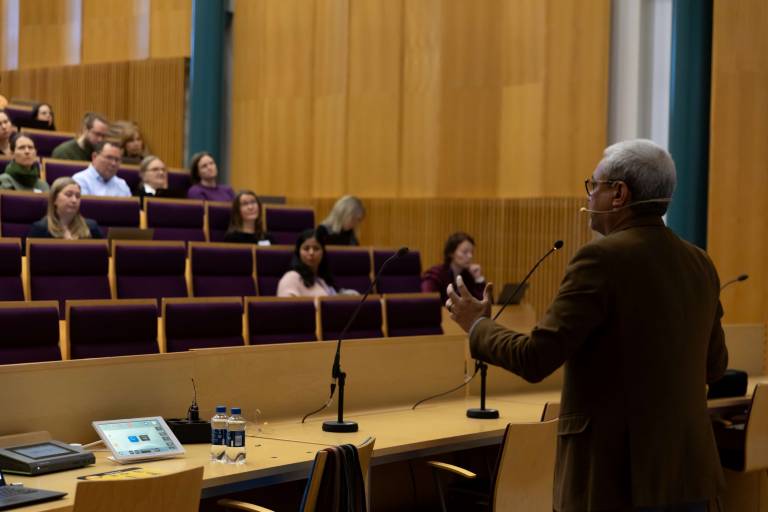As corporations continue to face mounting criticism from activists, local communities, and academics for the effects that their operations have had on human rights in various locales, scholarship in business and human rights (BHR) has gained significant traction. A growing consensus exists amongst practitioners and society at large that corporations have human rights obligations the so-called “corporate responsibility to respect human rights”(Ruggie, 2013).
Moreover, this consensus that firms have a role and responsibility to address human rights concerns has been communicated through global norms, namely the UN Guiding Principles for Business and Human Rights (UNGPs). According to recent studies (Schrempf-Stirling & Wettstein, 2017; Corporate Human Rights Benchmark, 2017), an increasing number of corporations have implemented human rights policies, however, corporations continue to be the source of social discord in a host country or, at a minimum, intensify human rights problems. Consequently, it becomes important to have more BHR research on understanding the access to justice which refers to the formal and informal institutions for victims of human rights violations. The provision of remedy through judicial and non-judicial mechanisms is just one example of the type of infrastructure for ensuring access to justice.
One of the biggest and ongoing challenges in BHR research is how to develop effective access to remedy for victims of human rights violations. Little is known about the balancing act between corporate, home and host country regulatory roles, NGOs and multi-stakeholder initiatives with respect to providing remedy for human rights’ victims. Since human rights violations often occur at the intersection of business and state actions, victims automatically face the challenge of receiving judicial remedy due to state complicity. Even when states are not directly involved in the violations, victims are often left without remedy because either the host state (where the violations occur) is unable or unwilling to hold the corporation accountable or the home state (the location of corporate headquarters) is incapable or unwilling to hold the corporation accountable for violations outside their jurisdiction. The first case can be referred to ‘the problem of weak governance’ whereas the second case can be described as ‘the problem of extraterritoriality’. This lack of consistent access to remedy is one of the reasons for the current debate on developing a BHR treaty that would make human rights obligations (including access to justice) mandatory for business (Deva & Bilchitz, 2017).
Key Findings
In a recent conference paper, (with Westermann-Behaylo, Snelsen-Powell, and Olsen, 2018), we examine this question of access to justice by using fuzzy set logic to analyze the varying configurations of corporate policies, NGO involvement, transnational governance mechanisms, and home and host country institutions that lead to remedy mechanisms for human rights abuses. Our key finding is that there are multiple pathways that lead to the provision of remedy. In terms of a casual recipe, it is the combination of home and/or host institutions in conjunction with NGO involvement, together that provide the most compelling explanation for the provision of all types of remedy following allegations of human rights abuses. Often there has been a debate about the influential roles of home and host countries in terms of ensuring remedy for human rights, interestingly, our findings suggest that strong legal institutions are needed either in the home and/or host country to guarantee hard law initiatives, access to judicial solutions, and soft law, access to non-judicial initiatives. With respect to judicial remedy, it appears that having either a host or home country with strong legal institutions leads to access to judicial remedies. However, with non-judicial remedy, it is necessary to have strong legal institutions in both the host and home countries. Conversely, when both home and host countries lack strong legal institution, human rights victims may have little or no access to justice. This lack of consistent access to justice is one of the reasons underlying the current movement for developing a BHR treaty that would make human rights obligations (including access to justice) mandatory for business.
Recommendations
Given that so many of our cases end with no recourse for human rights victims, this does not bode well for the existing transnational governance mechanisms of the UNGP. It may be wishful thinking to expect victims to depend on corporate grievance mechanisms to provide remedy when corporations benefit so substantially from land or other resources that are the source of human rights violations. Clearly, it is not a good idea to depend on corporations to be proactive in providing remedy and overcoming the institutional weaknesses that exist in much of the world where they conduct business. However, a more optimistic conclusion might be that the UNGP is young and the need for better access to remedy is well recognized. Therefore, it is useful to further explore the pathways found in our study that do lead to remedy proceedings, to continue monitoring the progress of the UNGP in developing additional combinations of transnational governance factors that are effective in ensuring remedy for human rights abuses.





Kommentit